Newton Gravity putters: What you need to know – Australian Golf Digest

- by Admin
- September 25, 2024
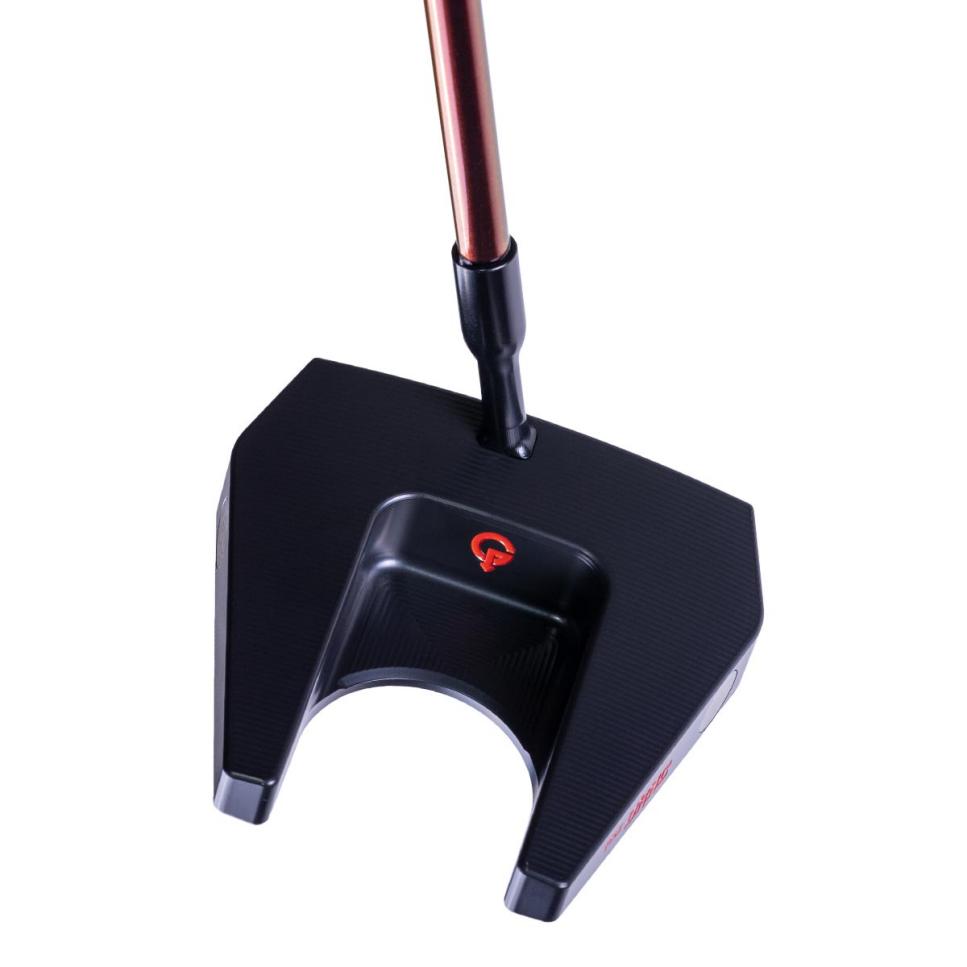
WHAT YOU NEED TO KNOW: Newton Gravity, the putter brand formerly known as Sacks Parente, introduces a revamped line of five milled putters made of carbon steel and aircraft-grade aluminum. All models feature the original company’s idea of an ultralight graphite shaft (around 40 grams) that creates a balance point distinctly close to the clubhead. The technology is designed to create a more natural pendulum effect to build more consistency in the putting stroke.
PRICE: $450. Five models including the Classic and the Deuce in blades, the half-mallet Duke, and the Drac and Prism in mallets. Available for pre-order Oct. 1.
3 COOL THINGS
1. The lowdown. The original idea behind these putters was what the company called an “ultra-low balance point” or “ULBP” approach to its superlight putter shaft. Those lightweight shafts, which the company touts as made in the U.S., also have made some headway in the driver shaft count on the PGA Tour Champions under the name Newton, but the main intent was to let the putter head move more like the end of a pendulum. These latest putters continue that idea but marry a slightly heavier head with a shaft that’s just a few grams heavier for a slightly heavier overall weight. Head weights on the five Newton Gravity models are well above the standard for putter heads, checking in at 380 grams. “The balance point is the same if not lower than on the original models,” said Aki Yorihiro, Newton’s chief technology officer. “Frankly, what happened with those early models we feel is that players would pick them up and say, ‘Oh, that’s to light for me.’ More people really wanted to feel more absolute weight. One of the greatest things we feel about ULBP is that it helps players create the right tempo, so that’s why the name of the shaft is Tempo.”
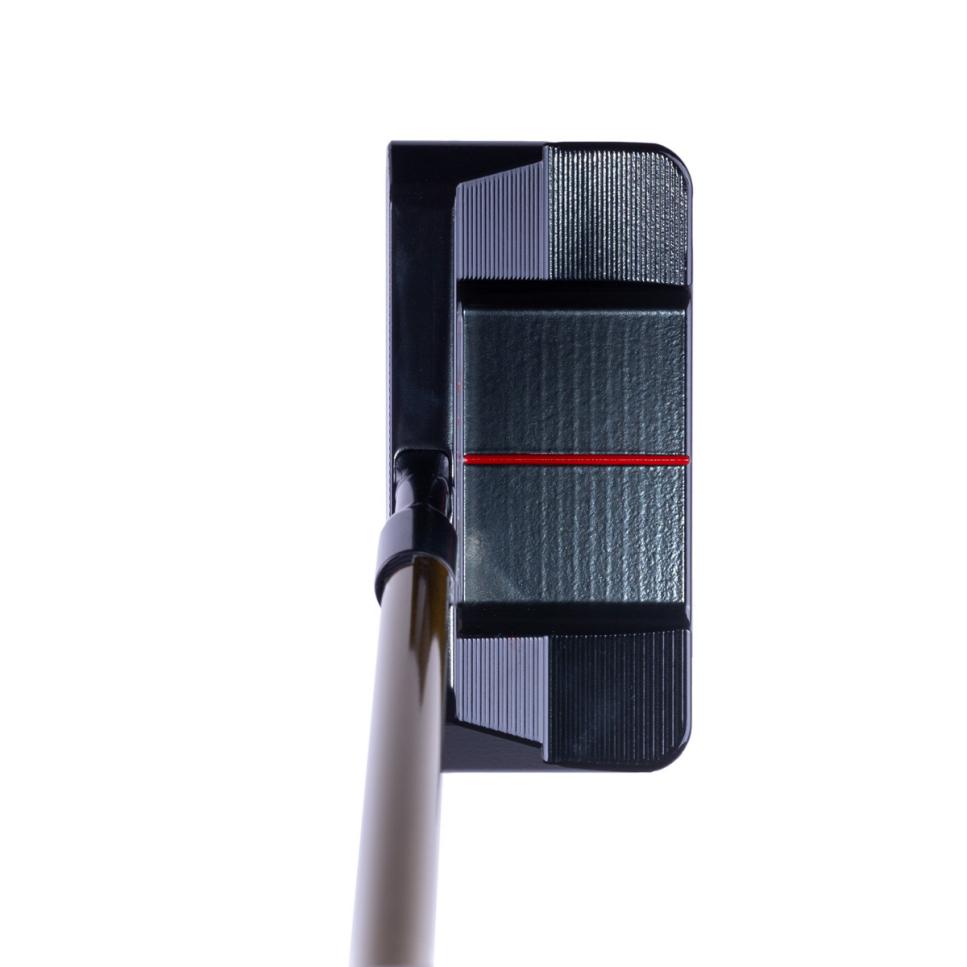
While these putters continue the same idea of a balance point that’s less than five inches from the end of the shaft, Yorihiro said another key change involved raising the center of gravity of the head. It is both slightly forward and slightly higher than in the original versions. “We found tha hitting it high on the face is more vulnerable than hitting it thin,” he said. “It’s kind of OK to get away with a thin hit, but it’s kind of a different, bad feel to hit it high in the grooves, particularly on putters.”
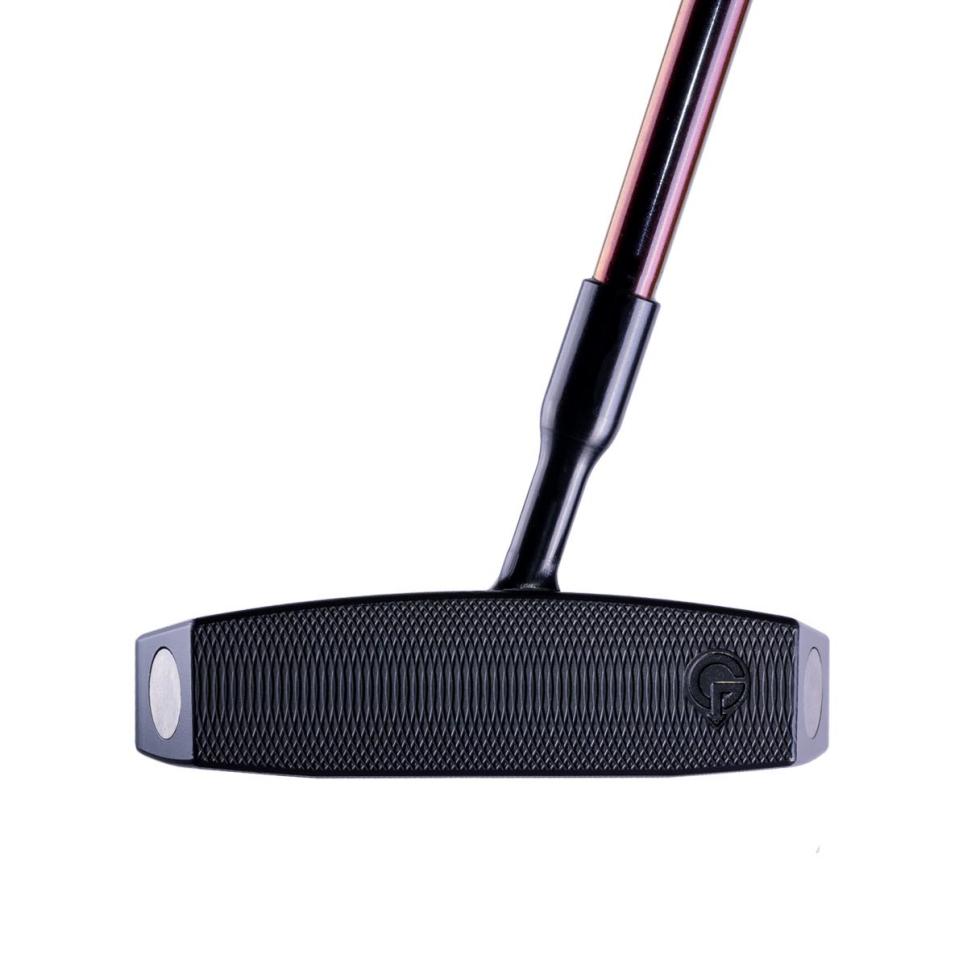
2. Tour size. While the original putters featured generally unique shapes, the range of these five models is almost relatively traditional. That’s largely a result of input from players on the PGA Tour Champions, Yorihiro said, especially Ken Duke, who won with a version of the Duke last year. Among the notable differences beyond the cleaner lines, angled three-level sole and tour-quality dark-ceramic finish by Labworx is a slightly shorter blade length throughout the line. Yorihiro said this change better aligns with how today’s putter strokes are tending to feature less arc.

“We’re seeing so much more of the straight back and straight through concept,” he said. “So because of this observation, we believe that our heel-shafted putters, to match more of the contemporary stroke, the shallower stroke, we felt like we needed to move the shaft closer to the toe by shortening that distance. I think that reduces the hand action during the stroke.”

3. Five styles. The Newton Gravity lineup includes two blades. The Classic is an Anser-style, heel-toe weighted cavity back, while the Deuce is a widebody blade that comes in both heel-shafted and center-shafted options. The mid-mallet Duke is a refined version of the Series 91 that won on the PGA Tour Champions last year and also is offered in heel- and center-shafted versions. The Classic, Deuce and Duke are milled from 1018 carbon steel. The Drac is a parallel-pronged mallet revised from the original that was introduced over a year ago, and it too is offered in heel- and center-shafted options. Finally, the Prism (see above) is an oversized clamshell mallet, and like the Drac is milled from 6061 aluminum with tungsten heel and toe weights.
More From Golf Digest 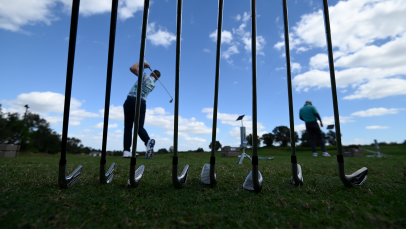 Hot List 2024 Hot List: Complete reviews of the best new golf clubs and equipment
Hot List 2024 Hot List: Complete reviews of the best new golf clubs and equipment 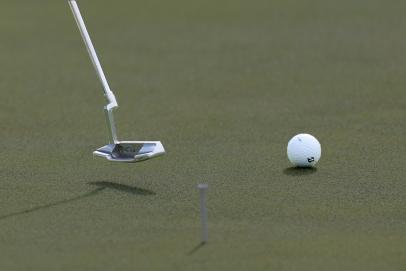 PSA for Golfers Why this popular drill might be ruining your putting stroke
PSA for Golfers Why this popular drill might be ruining your putting stroke  Golf Digest Logo A smart golfer’s guide to making more putts—using 10 key stats
Golf Digest Logo A smart golfer’s guide to making more putts—using 10 key stats
This article was originally published on golfdigest.com
The Latest News
-
November 15, 2024Kyrgios confirmed to return to ATP Tour at Brisbane International 2025
-
November 15, 2024Australian bounce India’s arch-enemy amid KL Rahul dilemma
-
November 15, 2024Nick Kyrgios set to make long-awaited return to tennis as comeback date revealed
-
November 15, 2024List wins elusive DP World Tour card, Barron loses his
-
November 15, 2024India great warns ‘the king is back in his territory’ as struggling Virat Kohli returns for fifth tour





